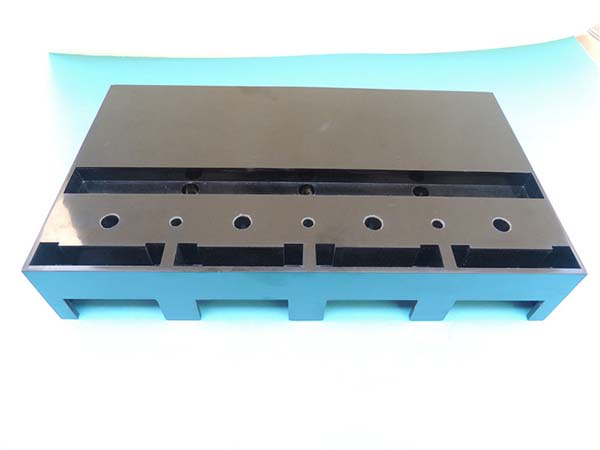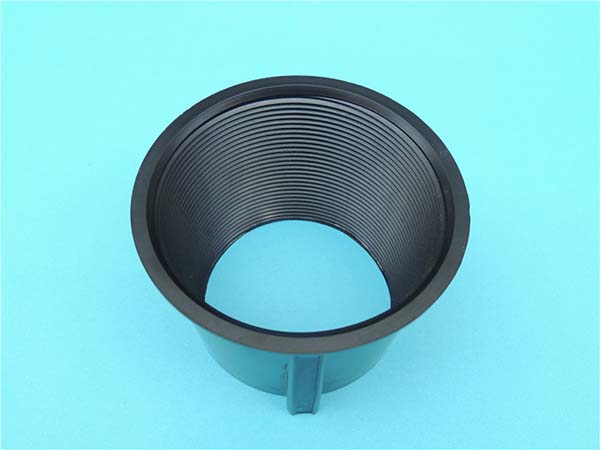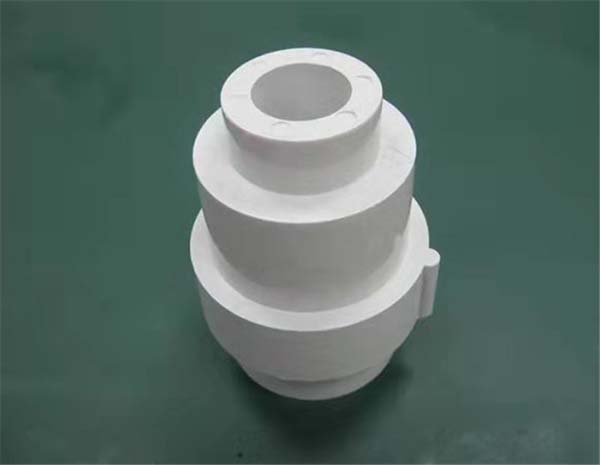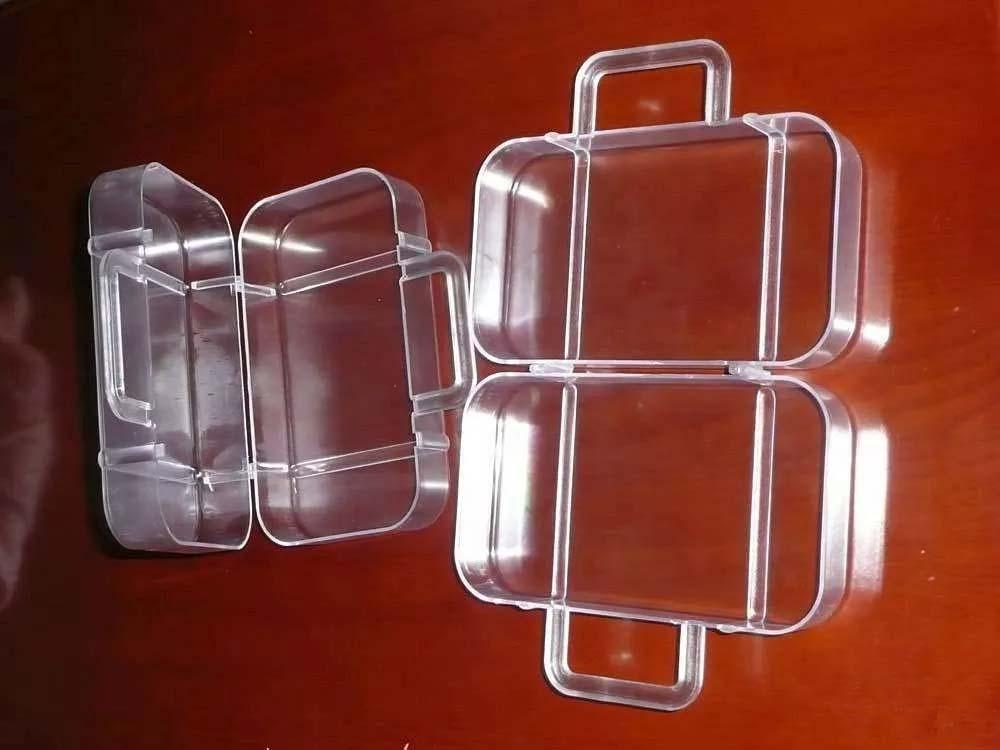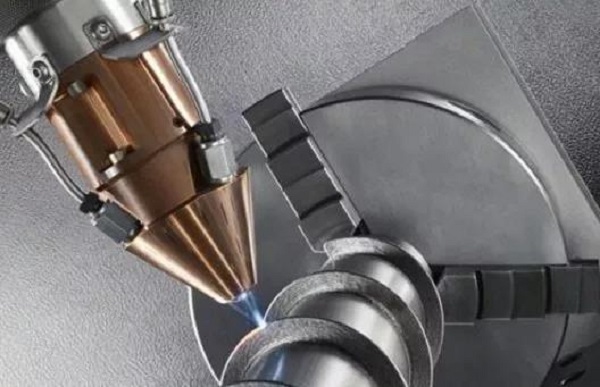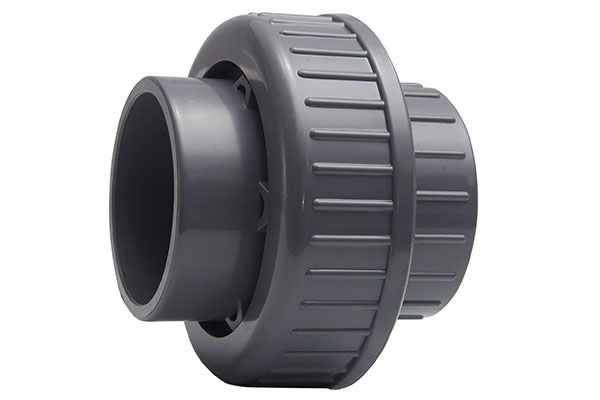1. Introduction
In today's rapidly evolving business landscape, 3D printing is emerging as a revolutionary force within the supply chain. This innovative technology is not just a fleeting trend; it's a game - changer that has the potential to reshape how goods are sourced, produced, distributed, and managed. But what exactly is the full extent of its impact? How is it being integrated into different aspects of the supply chain? And what does the future hold for 3D printing in this crucial business domain?
This article aims to provide a comprehensive exploration of 3D printing in the supply chain. We will look at the various ways it is transforming traditional supply chain models, from reducing lead times to enabling on - demand production. By examining real - world examples, industry data, and future projections, we hope to offer you a clear understanding of how 3D printing can be a valuable asset in your supply chain strategy, whether you're a small business owner, a supply chain manager, or a corporate executive.
2. Understanding the Basics of 3D Printing and Supply Chain
2.1 What is 3D Printing?
3D printing, also known as additive manufacturing, is a revolutionary technology that constructs three - dimensional objects by adding material layer by layer based on a digital model. It stands in contrast to traditional subtractive manufacturing methods, which remove material from a larger block to create the desired shape.
The process of 3D printing begins with a digital design, typically created using computer - aided design (CAD) software. This design is then sliced into thin layers by specialized software. The 3D printer reads these sliced files and deposits materials, such as plastics, metals, ceramics, or even biomaterials, layer upon layer, precisely following the digital blueprint. For example, in a fused deposition modeling (FDM) 3D printer, the most common type for hobbyists and small - scale production, a spool of thermoplastic filament is melted and extruded through a nozzle. The nozzle moves in a precise pattern, depositing the molten material onto a build platform. As each layer is deposited, it bonds with the previous layer, gradually building up the three - dimensional object.
The versatility of 3D printing allows for the creation of complex geometries that would be extremely difficult or even impossible to achieve with traditional manufacturing techniques. It has found applications in various industries, from prototyping in the automotive and aerospace sectors to creating customized prosthetics in the medical field.
2.2 The Basics of Supply Chain
A supply chain encompasses the entire process of bringing a product from its raw material stage to the end - consumer. It is a complex network that involves multiple stakeholders, activities, and flows of information, materials, and products.
The key components of a supply chain include:
- Planning: This is the initial and crucial stage where companies forecast demand, set production goals, and develop strategies to meet those demands. For example, a smartphone manufacturer needs to estimate how many units of its new model will be sold in the next quarter based on market trends, competitor analysis, and historical sales data.
- Sourcing (Procurement): Companies identify and select suppliers to purchase raw materials, components, or services. Quality, price, and reliability are key factors in supplier selection. A clothing brand might source cotton from a specific region known for its high - quality cotton and establish long - term contracts with reliable suppliers.
- Production: This is where raw materials are transformed into finished products. In a factory, various manufacturing processes are carried out, such as assembly, machining, and painting. A furniture manufacturer cuts, shapes, and assembles wooden parts to create tables and chairs.
- Logistics: This involves the transportation, storage, and distribution of products. Trucks, ships, planes, and trains are used to move products from manufacturing facilities to warehouses and then to retailers or directly to consumers. Warehouses play a vital role in storing products and ensuring their availability when needed.
- Sales and Marketing: These activities are focused on promoting products, finding customers, and closing deals. A software company might use online advertising, trade shows, and sales representatives to market its new software product and attract customers.
- Customer Service: After - sales support, including product returns, repairs, and answering customer inquiries, is an essential part of the supply chain. A consumer electronics company offers a warranty and technical support to its customers to ensure their satisfaction.
A well - optimized supply chain can lead to cost savings, improved product availability, and enhanced customer satisfaction, while a poorly managed one can result in delays, high costs, and lost business opportunities.
3. Yigu Technology's View
As a non - standard plastic metal products custom supplier, Yigu Technology highly values the role of 3D printing in the supply chain. In our view, 3D printing offers significant advantages, especially in small - batch custom production. It allows us to quickly produce customized products according to clients' specific requirements, reducing lead times and minimizing inventory costs. For example, when clients need unique - shaped plastic or metal parts, 3D printing enables us to directly manufacture them without the need for costly and time - consuming mold - making processes.
However, we also recognize the challenges. The limited material options and relatively high costs for large - scale production are issues that need to be addressed. But overall, the future of 3D printing in the supply chain is promising. We are actively exploring ways to integrate 3D printing technology into our supply chain operations to enhance our competitiveness and provide better services to our customers.
4. FAQs
4.1 What types of industries can most benefit from 3D printing in the supply chain?
Industries such as aerospace, healthcare, and automotive can gain significant advantages. In aerospace, 3D printing enables the production of complex and lightweight parts, reducing fuel consumption. For example, GE Aviation uses 3D printing to manufacture engine components, cutting down on lead times by over 50%. In healthcare, customized prosthetics and implants can be produced on - demand, improving patient care. A study shows that 3D - printed prosthetics can reduce production costs by up to 70% compared to traditional methods. The automotive industry benefits from rapid prototyping and on - demand production of spare parts, enhancing supply chain flexibility.
4.2 How does 3D printing affect the traditional supply chain structure?
3D printing transforms the traditional linear supply chain structure into a more distributed one. It reduces the need for multiple intermediate steps like large - scale manufacturing facilities, long - distance transportation of finished goods, and extensive warehousing. For suppliers, they may need to shift from providing large volumes of raw materials to supplying specialized 3D printing materials. Manufacturers can now produce parts closer to the point of use, reducing the reliance on global manufacturing hubs. Logistics providers may see a decrease in the volume of large - scale product shipments but an increase in the delivery of 3D printers, materials, and small - batch customized products. Overall, it makes the supply chain more responsive to local market demands.
4.3 Are there any environmental benefits of using 3D printing in the supply chain?
Yes, 3D printing offers several environmental benefits. It significantly reduces material waste as it is an additive manufacturing process. Traditional manufacturing often involves subtractive methods that generate a large amount of waste. A report indicates that 3D printing can reduce material waste by up to 90% in some applications. Additionally, by enabling local production, it cuts down on long - distance transportation, which in turn reduces carbon emissions. For instance, a company that adopts local 3D printing for spare parts production can decrease its transportation - related carbon footprint by a substantial amount. This contributes to a more sustainable and environmentally friendly supply chain.
5. Conclusion
In conclusion, 3D printing is revolutionizing the supply chain in numerous ways. It offers significant advantages such as cost - reduction, especially in small - batch production and inventory management, and enhanced flexibility with on - demand production and customization capabilities. The technology also promotes sustainability through reduced material waste and shorter transportation distances.
However, it's not without its challenges. The high initial investment in 3D printing equipment, limited material options, and slow printing speeds for large - scale production are areas that need improvement. Also, issues like intellectual property protection in a digital - file - based manufacturing process are yet to be fully resolved.
